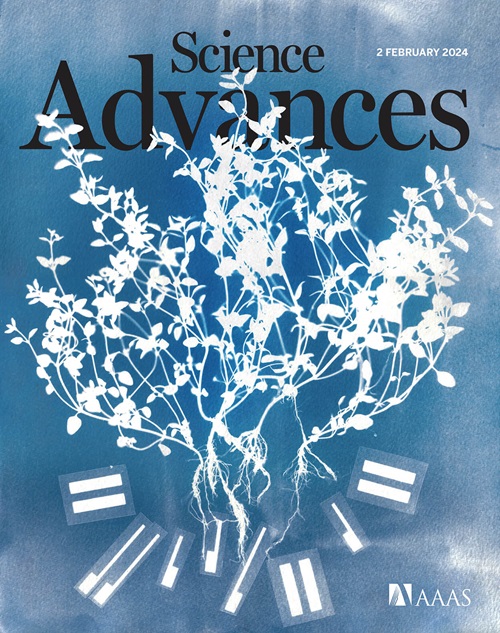Role of von Willebrand factor, platelets, and aberrant flow in the initiation of venous thrombosis
IF 11.7
1区 综合性期刊
Q1 MULTIDISCIPLINARY SCIENCES
引用次数: 0
Abstract
Deep vein thrombosis is a major cause of morbidity and mortality worldwide. However, because of the absence of overt blood vessel damage, how venous thrombosis is actually initiated remains unclear. Using endothelialized fluidic devices, we show that aberrant flow patterns that may occur in venous valve pockets of individuals with common stasis-related risk factors can cause the formation of von Willebrand factor–platelet tangles that are resistant to ADAMTS13 removal. These von Willebrand factor–bound platelets specifically recruit neutrophils in a manner that is dependent on platelet-activated α求助全文
约1分钟内获得全文
求助全文
来源期刊

Science Advances
综合性期刊-综合性期刊
CiteScore
21.40
自引率
1.50%
发文量
1937
审稿时长
29 weeks
期刊介绍:
Science Advances, an open-access journal by AAAS, publishes impactful research in diverse scientific areas. It aims for fair, fast, and expert peer review, providing freely accessible research to readers. Led by distinguished scientists, the journal supports AAAS's mission by extending Science magazine's capacity to identify and promote significant advances. Evolving digital publishing technologies play a crucial role in advancing AAAS's global mission for science communication and benefitting humankind.
 求助内容:
求助内容: 应助结果提醒方式:
应助结果提醒方式:


